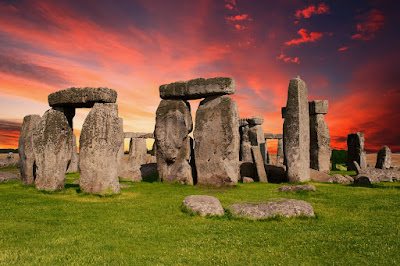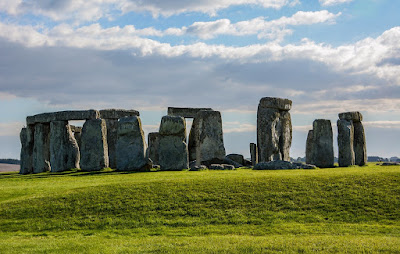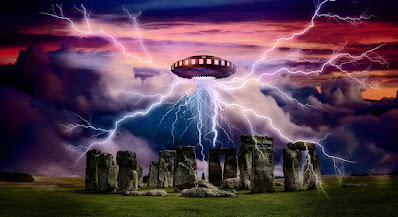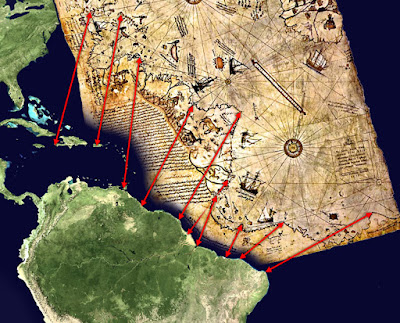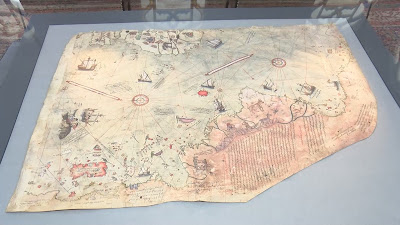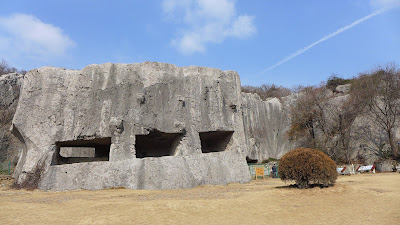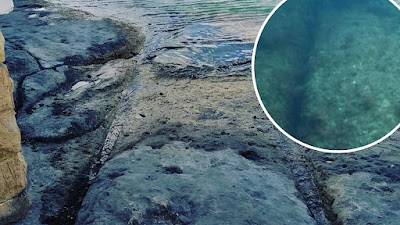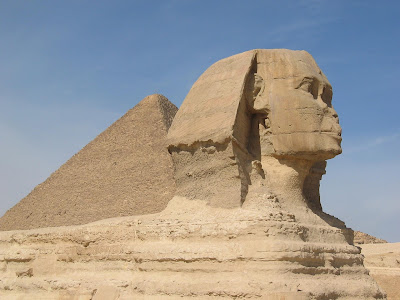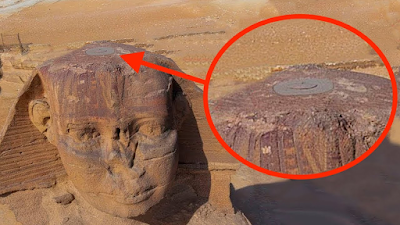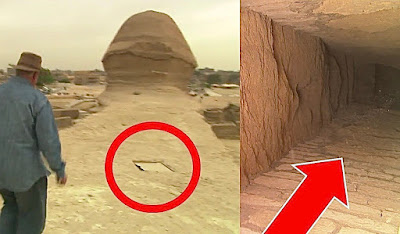The Nazca lines in Peru captivate researchers to this day, presenting a compelling mystery that continues to intrigue archaeologists. While the process of their creation has been deciphered to some extent, the purpose behind these enigmatic markings remains uncertain. Some propose that the lines were linked to fertility rituals and water availability, while others speculate that they served as runways for ancient airports. However, the evidence supporting extraterrestrial theories remains inconclusive. This article examines the Nazca lines' diverse designs, explores the arguments surrounding their origin, and delves into the implications for understanding the ancient Nazca civilization.
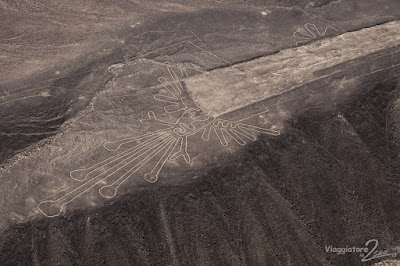 |
| Credit: Mirko |
The Enigmatic Mountaintops of Nazca
In addition to the perplexing Nazca lines on the desert floor, the surrounding mountains of the Nazca region harbor another enigma: the mysterious mountaintops that appear to have undergone a peculiar transformation. These mountains exhibit flat surfaces that give the impression of being forcefully pressed down or cut through with remarkable precision. This puzzling phenomenon has intrigued researchers, sparking numerous theories and speculations.
The flat mountaintops at Nazca have perplexed experts for decades, as they bear an uncanny resemblance to modern-day runways. The symmetrical, level surfaces present an intriguing paradox when compared against the rugged natural landscape. The question arises: how did these giant "runway-like" mountains come into existence, and what purpose did they serve?
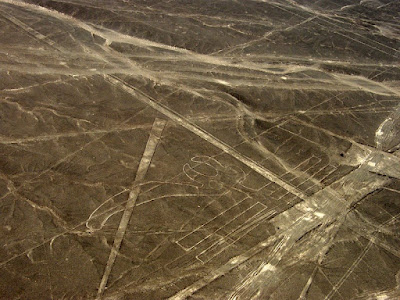 |
| Credit: Trudy |
The exact methods employed to create these flat surfaces on the mountaintops remain unclear. Did the Nazca people employ sophisticated techniques that allowed them to reshape the rugged terrain, or is there a more mysterious force at play? Researchers continue to investigate and analyze these mountaintops, searching for clues that may shed light on their origin and purpose.
The flat mountaintops of Nazca in Peru add another layer of intrigue to the already mystifying archaeological landscape. Their existence raises numerous questions about the capabilities and intentions of the ancient Nazca civilization. As exploration and research in the region persist, it is hoped that further investigations and technological advancements will unravel the secrets concealed within these extraordinary mountain formations.
The Nazca Lines and their Varied Designs
The Nazca lines, etched into the arid Peruvian coastal plain, are an extraordinary collection of geoglyphs that have puzzled researchers for decades. These remarkable designs encompass a wide range of figures, combining animal shapes, abstract patterns, and long, straight lines.
Among the Nazca lines, some of the most striking are the recognizable animal figures. These include depictions of spiders, monkeys, birds, and various other creatures. The precision and scale of these representations are astounding, with some figures stretching over hundreds of feet. The purpose behind these animal designs remains a subject of speculation, with theories ranging from religious symbolism to celestial connections.
 |
| Credit: Robert Baumgartner |
In addition to the animal figures, the Nazca lines feature numerous abstract shapes and intricate patterns. These geometric forms vary in complexity and size, showcasing the artistic abilities and mathematical precision of the ancient Nazca civilization. Some geometric figures are intricately interwoven, while others form vast, expansive patterns across the desert floor.
Another intriguing subset of the Nazca lines consists of long, straight paths that stretch across the landscape. These lines, often extending for miles, exhibit an astonishing level of precision and straightness. Some of them seem to start at elevated locations, such as hilltops, and end abruptly at the edges of cliffs. The sheer length and directness of these lines have led to speculation about their purpose, particularly the notion that they might have served as runways.
 |
| Credit: jessica jonker |
Theories and Speculations Surrounding the Nazca Lines
The Nazca lines in Peru continue to puzzle researchers, with their true purpose and meaning remaining elusive. Various theories have emerged to explain these enigmatic geoglyphs, but many questions remain unanswered.
One theory suggests that the lines were connected to fertility rituals and water availability, considering the Nazca civilization's existence in an arid desert region. These lines may have served as pathways or markers tied to ceremonial practices aimed at ensuring agricultural fertility and community well-being.
An alternative and more unconventional idea proposes that the long, straight lines were ancient runways used for aviation purposes. Supporters of this theory point to the precision and length of the lines, resembling modern runways, as evidence of advanced technological capabilities possessed by the Nazca people.
Fringe theorists even suggest the involvement of ancient extraterrestrial civilizations, proposing that the lines were created as landing sites for alien spacecraft. However, skeptics challenge this hypothesis, citing the lack of compelling evidence and the meticulous craftsmanship of the lines, inconsistent with the disturbances caused by spaceship landings.
Mainstream scholars generally lean toward the belief that the Nazca lines were constructed by the Nazca civilization themselves. Experimental archaeology supports the idea that the Nazca people, with their available technology and manpower, could have created these intricate designs within a relatively short time.
While the debate between fertility rituals and ancient aviation theories persists, it is important to consider the cultural context and artistic representation when interpreting the Nazca lines. What may appear mechanical or technological to us might have held entirely different meanings for the Nazca people.
 |
| Credit: Kusi Seminario Behar |
The Nazca lines and the enigmatic mountaintops serve as reminders of the rich cultural heritage and ingenuity of the ancient Nazca civilization. They stand as a testament to the human desire to leave a mark on the world, to express creativity, and to connect with the cosmos. As the allure of the Nazca civilization persists, it fuels ongoing exploration, inviting us to delve deeper into the mysteries that shroud this extraordinary archaeological site.
In the end, the Nazca lines in Peru continue to inspire awe and wonder, symbolizing the enduring curiosity of humankind and the endless quest to unravel the mysteries of the past. They remind us of the profound connections between art, culture, and the mysteries of the universe, encapsulating the timeless fascination with the unknown and the enduring legacy of the Nazca civilization.
Articles you might like:


